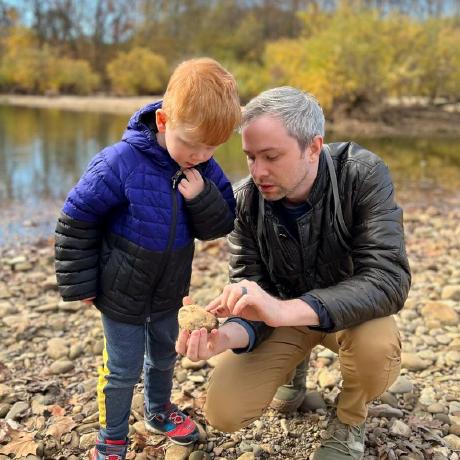Meshtastic 2.7 Preview: UI Overhaul - Introducing BaseUI! + New Input Support + TFT Unification
Meshtastic 2.7 Preview is here! This release marks not only the biggest overhaul to our default UI in over four years, but also its official renaming: introducing BaseUI. We've rebuilt and rebranded the interface from the ground up, making it more intuitive, more capable including new standalone features, and easier to use on a wider range of devices. This release also brings Linux-native joystick support and the ability to switch between interfaces, BaseUI and Meshtastic UI (MUI) on supported TFT screens.



